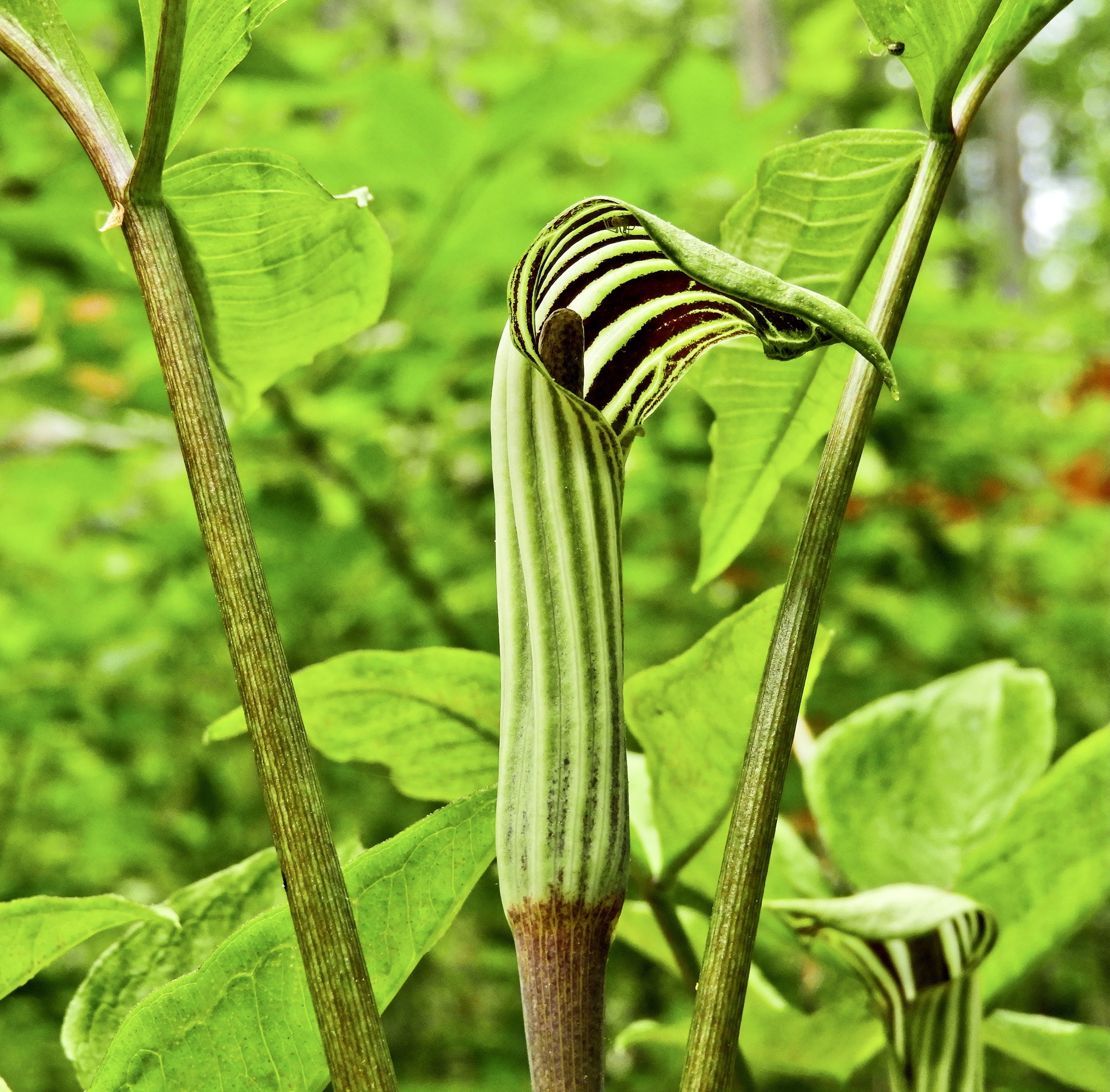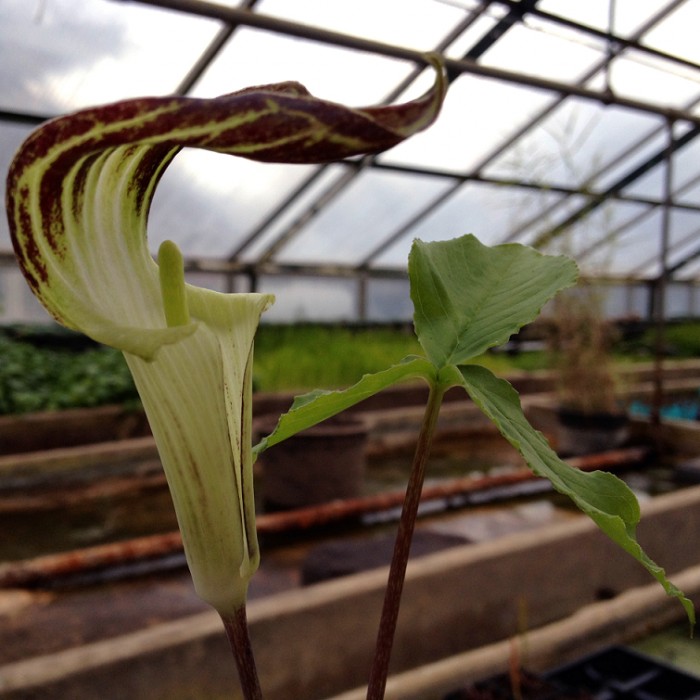Is Jack In The Pulpit Carnivorous
When it comes to plants, there's nothing quite as fascinating as discovering whether or not they are carnivorous. One plant that has been debated over in recent years is the jack in the pulpit. Is it carnivorous or not? Let's dive in and find out.
The Pain Points of Jack in the Pulpit's Carnivorous Nature
Many plant enthusiasts have been debating whether jack in the pulpit is carnivorous or not. Some may argue that if it is carnivorous, it might be harder to care for and require special attention. Others may worry that a carnivorous plant in their home could attract bugs or become dangerous for pets or children.
Answering the Question: Is Jack in the Pulpit Carnivorous?
In short, no. Jack in the pulpit is not a carnivorous plant. While some might speculate that it has carnivorous tendencies, the truth is that it primarily feeds on insects and small animals by attracting them with its smell and trapping them. However, this doesn't make it a carnivorous plant. Rather, it's a clever survival technique that the plant has developed over time to ensure its survival.
Summarizing the Main Points of Jack in the Pulpit's Carnivorous Nature
In conclusion, while jack in the pulpit is often associated with carnivorous plants, the truth is that it is not one itself. However, it does have a clever survival technique that involves attracting insects and small animals with its smell and then trapping them.
Explaining Jack in the Pulpit's Target and Personal Experience
My personal experience with jack in the pulpit goes back to when I was a child. My parents had a beautiful garden, and I remember being fascinated by the unusual shape and color of this particular plant. It was only later that I learned about its unusual and unique survival technique.
Jack in the pulpit targets insects and small animals by attracting them with its smell. Once they're near, the plant "traps" them by closing up and preventing their escape. While this may seem strange to some, it's simply the plant's way of ensuring it can survive in the wild.
Dispelling Myths about Jack in the Pulpit's Carnivorous Nature
Despite the fact that jack in the pulpit is not a carnivorous plant, there are still a lot of myths surrounding its supposed "carnivorous nature." One such myth is that the plant will attack humans or pets. However, this is simply not true. The plant is entirely harmless to humans and animals and is only capable of trapping insects and small animals.
Explaining Jack in the Pulpit's Carnivorous Technique in Detail
If you look closely at the plant, you'll notice that its unusual shape is what attracts insects and small animals. This is because the plant's unique shape and smell make it appear more inviting to these creatures than other plants in the surrounding area. Once they're close enough, the plant closes up, trapping them inside. Over time, the insects and small animals break down and provide essential nutrients that the plant needs to survive.
The Benefits of Jack in the Pulpit's Carnivorous Technique
While jack in the pulpit may not be a true carnivorous plant, its unique survival technique has still proven to be incredibly beneficial for its survival. By attracting and trapping insects and small animals, the plant can obtain the nutrients it needs to survive, even in less-than-ideal environmental conditions.
Question and Answer
1. Can jack in the pulpit harm humans or pets?
No, jack in the pulpit is entirely harmless to humans and pets. While it may trap insects and small animals, it is not capable of attacking or harming larger creatures.
2. Does jack in the pulpit require special care?
Not necessarily. While it's always a good idea to care for your plants, jack in the pulpit is relatively easy to care for and does not require any special attention or care compared to other plants.
3. How can I tell if my jack in the pulpit is thriving?
If your jack in the pulpit is thriving, you'll notice that it has a healthy, green appearance, and its unusual shape is still intact. Additionally, you may notice that it has trapped insects or small animals, which is a sign that it's getting the nutrients it needs to survive.
4. Should I be concerned if my jack in the pulpit has trapped insects or small animals?
No. This is entirely normal behavior for the plant and is actually a sign that it's thriving and getting the nutrients it needs to survive.
Conclusion of Jack in the Pulpit's Carnivorous Nature
While the idea of a carnivorous plant may be exciting, the truth is that jack in the pulpit is not one. However, it still has a unique and fascinating technique that makes it stand out from other plants. By attracting and trapping insects and small animals, it can ensure its survival, even in less-than-ideal environmental conditions. Ultimately, jack in the pulpit is a fascinating plant that has a lot to offer to plant enthusiasts and nature lovers alike.
Gallery
11 Different Types Of Jack-in-the-Pulpit

Photo Credit by: bing.com / pulpit comando arisaema fioritura dopo bacche triphyllum
Jack In The Pulpit (Arisaema Triphyllum) Native Woodland Plant

Photo Credit by: bing.com / pulpit jack woodland flowers flower plant arisaema triphyllum plants choose board willow bee inspired
Jack In The Pulpit | Jack In The Pulpit, Medicinal Herbs Garden, Weird

Photo Credit by: bing.com /
Jack-in-the-pulpit – Pic For Today

Photo Credit by: bing.com /
Jack In The Pulpit - Carnivorous Plants

Photo Credit by: bing.com /